


Vacuum casting, which use a master prototype to make a silicone mould, and then produce the reproduction via pouring the material into the silicone mould. This tech is usually used for small batches production because the cost of the silicone mould is lower than the steel mould. Also, the production lead time of vacuum casting is shorter than other process, such as CNC machining and injection moulding. Low cost and fast production, that’s why vacuum casting products with better market competitiveness.
Investment casting or vacuum casting has several advantages to the prototype producing industries. Here are some of them:
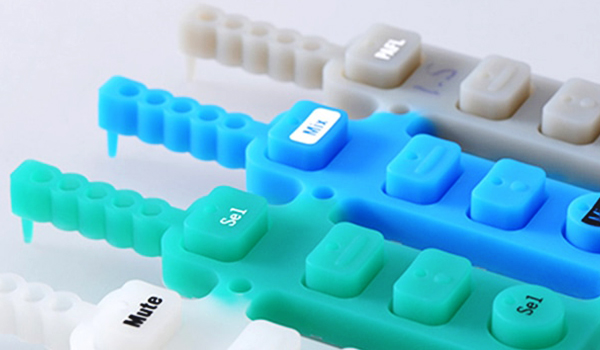 Quality This process lets you choose the correct material required to design the desired part according to its hardness. The finished product can be either painted in the desired color or can be kept simple that will give it crystal appearance. 01
Quality This process lets you choose the correct material required to design the desired part according to its hardness. The finished product can be either painted in the desired color or can be kept simple that will give it crystal appearance. 01
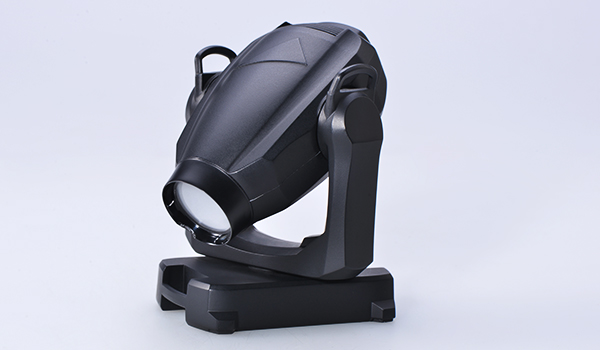 High precision The mold used to produce the prototype produce the parts similar to the original model. Even the complex parts with typical geometries can be easily produced using vacuum casting service. Moreover, it produces the final result with high precision. 02
High precision The mold used to produce the prototype produce the parts similar to the original model. Even the complex parts with typical geometries can be easily produced using vacuum casting service. Moreover, it produces the final result with high precision. 02
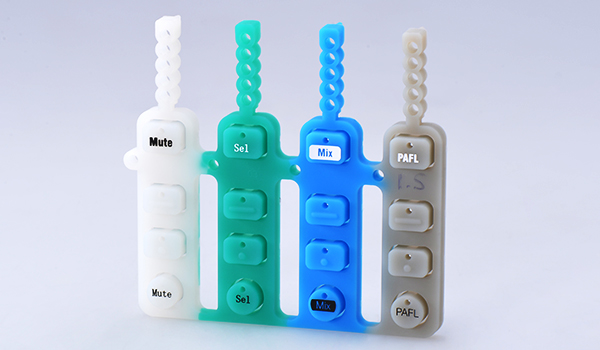 Prices and deadlines The process involves a cost-effective production where in loss investment more prototype can be produced. Parts can generate around 30 – 50 prototype parts in less than 15 days that is more beneficial during the urgent needs. 03
Prices and deadlines The process involves a cost-effective production where in loss investment more prototype can be produced. Parts can generate around 30 – 50 prototype parts in less than 15 days that is more beneficial during the urgent needs. 03
| Standard lead time | Up to 10 copies within 15 working days |
| Standard accuracy | ±0.3% (with a lower limit on ± 0.3 mm on dimensions smaller than 100 mm) |
| Minimum wall thickness | To ensure that the mold is filled properly, a wall thickness of at least 0.75 mm is necessary. For best results, we recommend a wall thickness of at least 1.5 mm |
| Maximum part dimensions | The size of the mold is limited by the dimensions of the vacuum chamber (1900 x 900 x 750 mm) and by the volume of the product (maximum volume: 10 liters) |
| Typical quantities | Up to 25 copies per mold (depending on the mold’s complexity and the casting materials) |
| Surface structure | High-quality surface finish comparable to injection molding |
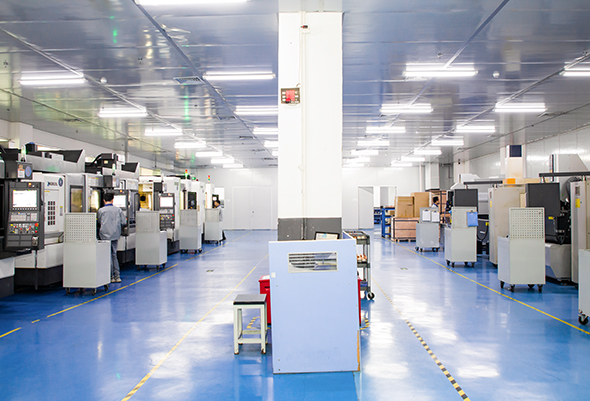
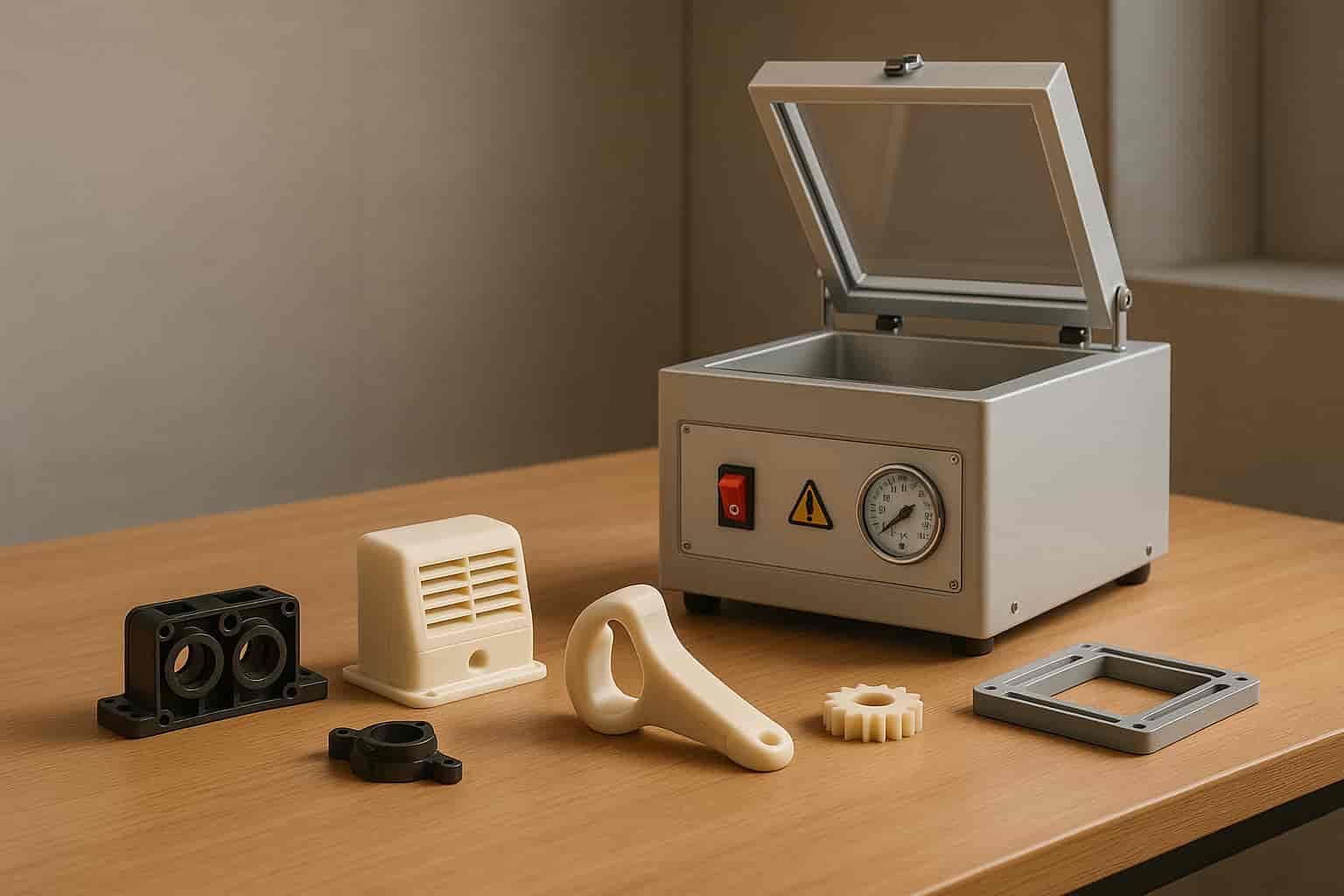 Vacuum Casting: Key Advantages and Drawbacks
Vacuum Casting: Key Advantages and Drawbacks
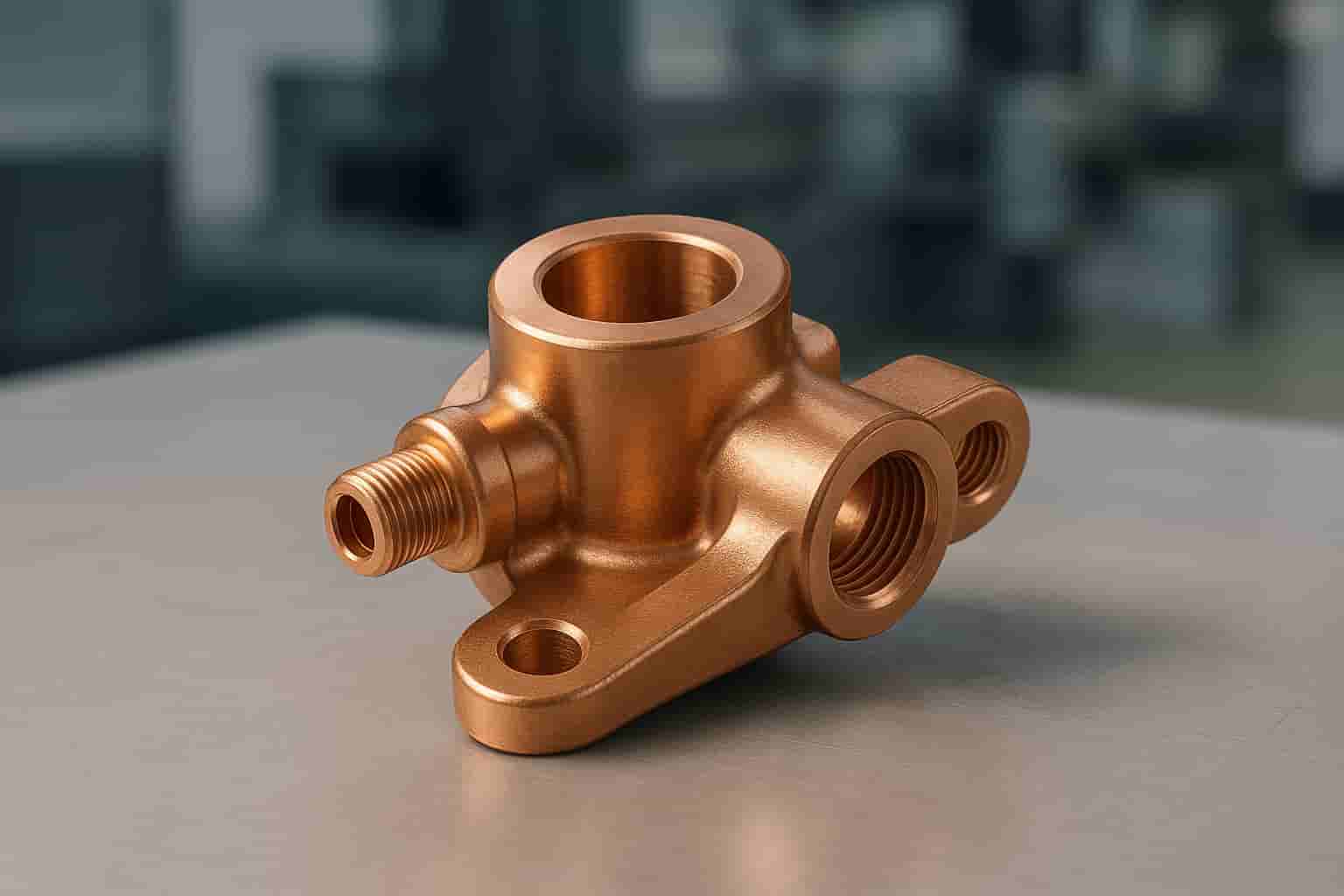 Why Use Copper Alloys in Pressure Die Casting?
Why Use Copper Alloys in Pressure Die Casting?
 Vacuum Casting for Prototyping: Design Guide
Vacuum Casting for Prototyping: Design Guide
 Advantage and disadvantage of vacuum casting prototyping|auto parts|mastars
Advantage and disadvantage of vacuum casting prototyping|auto parts|mastars